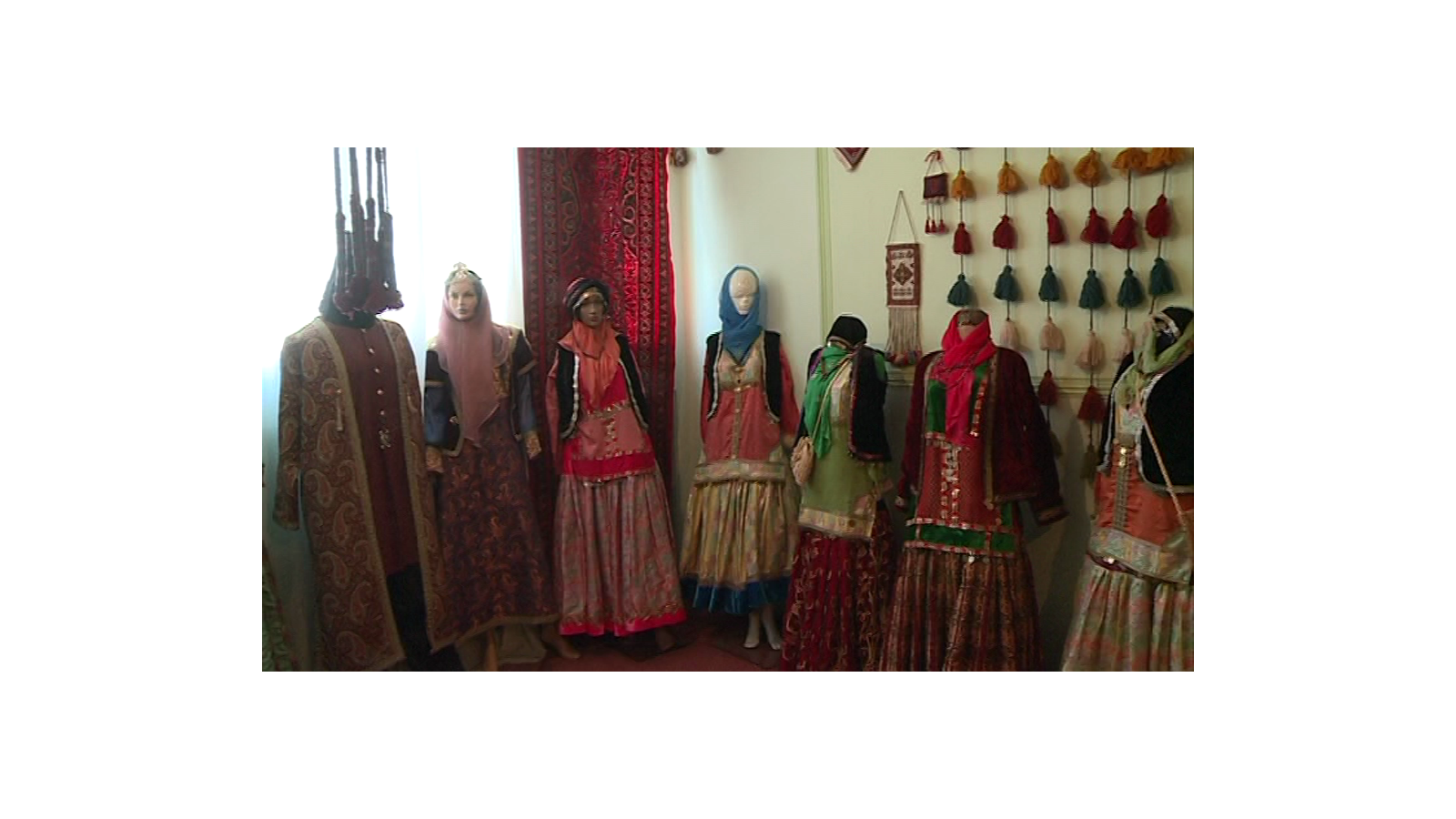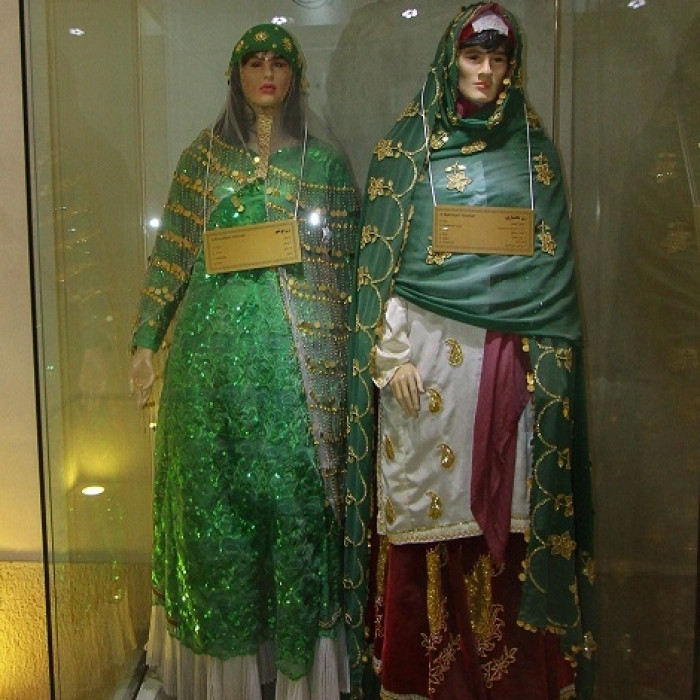
Kerman is the widest province of Iran. Its capital city is Kerman. It reaches to Sistan and Baluchestan province from the east, to South Khorasan province from the northeast, to Yazd province from the northwest, to Fars province from the west and to Hormozgan province from the south. This geographical position has brought a mixed composition of different tribes such as Arab and Baluche ethnic groups to Kerman. In addition, Kerman is a historical region where had been the habitat of many nomads since the very past, the most interesting among whom are Afshar, Bechghachi, Soleimani, Lur, Jebalbarez and Bahrasmn as well as Arab tribes. In addition to the local clothes of Kerman, each ethnic group wears its own traditional clothing. However, it also should be said that the use of the traditional clothing is not yet popular among the urban people and what is described here as the traditional and local clothing of this province is more observable among the nomads and villagers. Kerman women wear a kerchief that is fastened underneath the chin. They use something named Picheh in order to cover their face that is produced from the horse’s tail and mane. Another headdress named Dalagh Chador is also popular among Kerman women that is something like Chaghchoor under which they wear black pants. They wear pants named Shaliteh under their dress that is highly folded. Their main dress is named Piran that is folded and have a straight or puff sleeve. The six-piece dress, Yal or a kind of a special coat for the clod situation, and the folded dress are other clothing of Kerman woman. They wear shoes like Saghari, Ghandareh, Giveh and Galesh. Men use felt hat, round hat, turban and knitted hat and their clothing includes: a long dress reaching to the knee that has two slashes, one at each side, with long and loose sleeve; garment that is an open coat and is closed with some buttons in front. They also wear Sardari, vest and the waist’s shawl and choose among Giveh, Saghari, Orsi, Zangal, Ghandar and Shapasant for their shoes.
